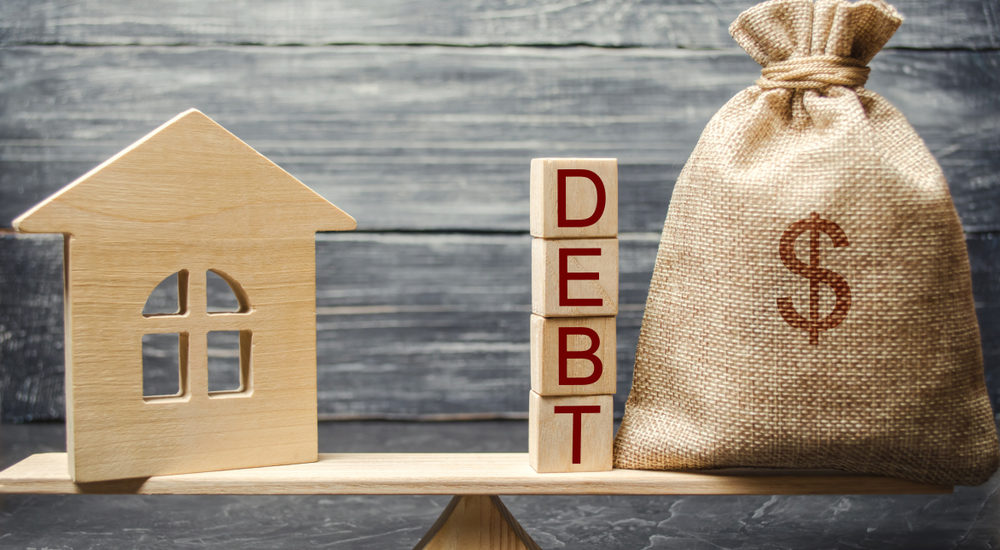How to Get Out of Debt in 7 Easy Steps
- January 21, 2021
- Posted by: Jaya R
- Category: Uncategorized

Being in debt is not a pleasant situation. In particular, job losses or pay cuts caused by COVID-19 has made things more difficult for households. However, everyone should aspire to become debt-free. While it may look complicated, it is not impossible.
Let us look at seven proven steps to get out of debt.
Step 1: Making a Realistic Budget
The first step to getting out of debt is making a realistic budget based on income and not expenses. One should allocate funds for essential expenses such as rent/EMI, food, utilities, and transportation. From the remaining, one should aim to build an emergency fund.
Step 2: Building an Emergency Fund
Many people get into debt due to unforeseen or emergency expenses. An emergency fund, worth at least 1-2 months’ monthly income, can prevent the debt situation from worsening. One should be very disciplined about this emergency fund.
It is only for expenses such as car maintenance, house repairs, or any other unforeseen emergencies. They should not use the fund for leisure-related expenses. Once a saving habit is developed, and the fund is growing at a consistent pace, it can be used for clearing off debt.
Step 3: Listing Debts by Interest Rate
Next, one should line up all their current debt (except mortgage), such as credit card debt, auto loan, personal loans, etc., based on the interest rate. They should make a priority list for clearing off their debt (starting with the one with the highest interest rate). Such prioritization will prevent debt from aggravating and reducing monthly interest expenses, which can lead to savings.
Step 4: Cutting Down on Credit Card Usage
Many people get drowned in credit card debts, which typically come with high-interest rates. People buy credit cards due to attractive promotional offers, and eventually they end up buying things they do not need. Some people pay the minimum amount due without realizing the interest gets compounded on unpaid amounts. But suddenly, they realize that mounting credit card debt is getting out of control. A good way to get out of debt is to stop using credit cards and start using cash or digital wallets.
Step 5: Investing 10-15% of Income
Saving is one part of financial discipline. In addition, wisely investing the savings can reap high dividends in the future. The funds can be used for future expenses such as kids’ education or one’s retirement. In the short term, the funds can be used to clear off large debt such as mortgages. One should balance their portfolio so that their investments are low risk yet have the potential to give decent returns.
Step 6: Clearing off the Mortgage (the Biggest Loan)
For many households, a mortgage is the largest item in the debt list. One should set a realistic timeline to clear off the mortgage. One should keep on saving and building on an investment corpus so that it is adequate to pay off the mortgage. Alternatively, one can increase the EMI amount to expedite clearing their mortgage.
Step 7: Seek Professional Help
There are lots of steps that individuals can take at their household level to get out of debt. However, at times the debt, particularly mortgage debt, is too high. It is advisable to take help from professionals who have vast experience in dealing with various debt situations in such cases.
Get Assistance from FREED
FREED Financial Services specializes in mortgage debt management in the UAE. They have a proven track record of solving mortgage debt related issues while ensuring that borrowers do not face any legal issues. They provide full representation at various levels, including banks and developers, until the mortgage loan is closed.

